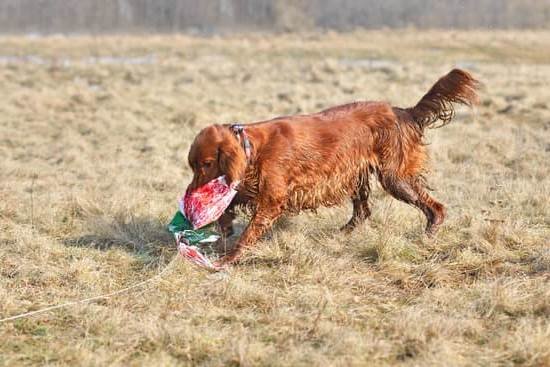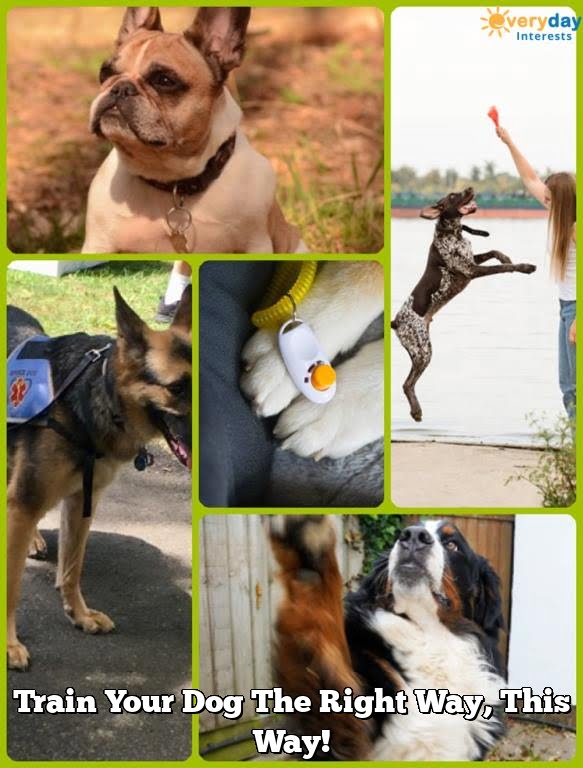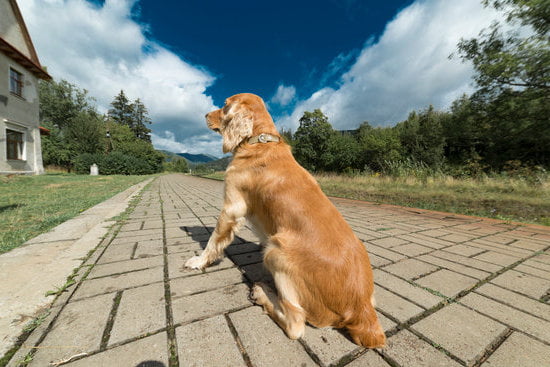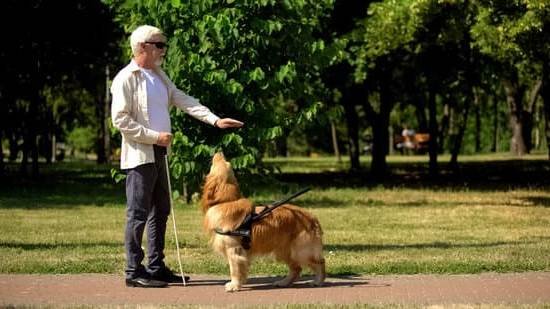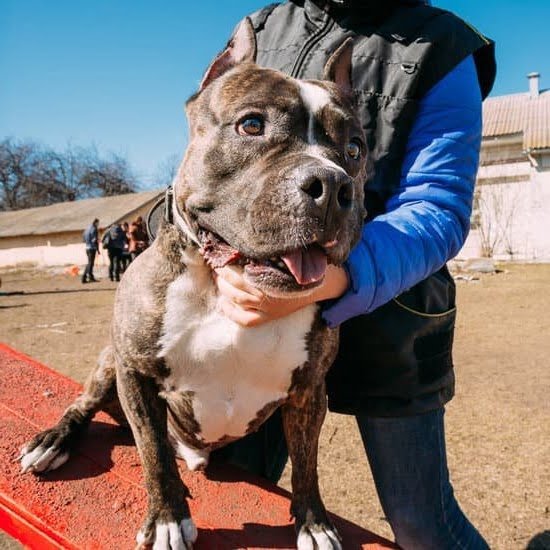When it comes to crate training an adult dog, there are a few things you need to keep in mind. Firstly, dogs are den animals and prefer having a small, enclosed space to call their own. This is why crate training can be so successful – it provides your dog with a sense of security and comfort.
Here are a few tips for crate training an adult dog:
1. Start slowly. Don’t expect your dog to be perfectly comfortable in the crate overnight. crate training an adult dog takes time and patience. gradually increase the amount of time your dog spends in the crate, and slowly introduce them to the idea of being in there.
2. Make the crate comfortable. Place a soft blanket or towel in the crate, and make sure it’s big enough for your dog to curl up in. This will make the crate more comfortable and inviting for your dog.
3. Use positive reinforcement. When your dog does something good, such as going into the crate willingly, praise them and give them a treat. This will help your dog associate good things with the crate.
4. Be patient. crate training an adult dog can take time, but with patience and persistence, you will be successful.
Reasons To Crate Train A Dog
There are many reasons to crate train a dog. A crate can provide a safe place for a dog to rest, it can help with potty training, and it can be a place for a dog to go when he or she needs a timeout.
Crate training can also be helpful for dogs who are fearful or anxious. A crate can provide a sense of security for a dog, and it can be a place where the dog can retreat to when he or she is feeling overwhelmed.
Some people believe that crate training can be helpful in preventing dogs from developing separation anxiety. When a dog is used to spending time in a crate, he or she may be less likely to become anxious when left alone.
The most important thing to remember when crate training a dog is to make sure that the crate is not used as a punishment. The crate should be seen as a positive place for the dog to be, and the dog should be rewarded for going into the crate.
Crate Training Dog With Separation Anxiety
If your dog has separation anxiety, crate training can be an effective way to help them feel more comfortable and secure when left alone. The key is to make the crate feel like a safe and happy place for your dog.
Start by putting a soft blanket or towel in the crate, and giving your dog a few treats to chew on. When your dog is comfortable going into the crate, start closing the door for a few seconds at a time, and gradually increase the amount of time you leave the door closed.
If your dog starts to get anxious, calmly open the door and give them a few treats. Make sure to praise your dog for entering the crate, and continue to give them treats and praise when they stay calm in the crate.
If you’re crate training a dog with separation anxiety, be patient and consistent with the training. It may take a little longer for your dog to feel comfortable in the crate, but with time and patience, you can help your dog feel more relaxed when left alone.
How To Train Your Dog Without A Crate
There are many ways to train your dog without using a crate. Some trainers prefer to use a crate as a way to train a dog, but there are other ways to achieve the same results.
One way to train your dog is to use positive reinforcement. This means that you reward your dog for good behavior with treats, petting, or verbal praise. If your dog exhibits bad behavior, you should ignore it or use a negative reinforcement, such as a loud noise or a squirt of water.
Another way to train your dog is to use a leash and collar. This method is often used for obedience training. You can use a command such as “sit” or “stay” and reward your dog when it obeys. If your dog does not obey, you can use a negative reinforcement, such as a tug on the leash or a quick yank.
A third way to train your dog is to use a baby gate. This can be used to train your dog not to jump on people or to stay in a certain area. You can put your dog on one side of the gate and reward it when it stays calm. If your dog jumps on the gate or tries to cross it, you can use a negative reinforcement, such as a loud noise or a squirt of water.
How To Crate Train Rescue Dog
The first step in crate training a rescue dog is to introduce the dog to the crate. Put a soft bed or towel in the crate and put some treats inside. Let the dog explore the crate on its own. When the dog is comfortable with the crate, close the door for a few minutes. Praise the dog when it stays calm in the crate. Slowly increase the amount of time the dog spends in the crate.
The next step in crate training a rescue dog is to teach the dog to associate the crate with good things. When the dog is calm in the crate, give it a treat or let it out to play. Once the dog is comfortable in the crate, you can start using it as a place to leave the dog when you’re not home. Start by putting the dog in the crate for short periods of time and gradually increase the amount of time the dog spends in the crate.
The final step in crate training a rescue dog is to use the crate as a training tool. If the dog misbehaves, put it in the crate. The dog will soon learn that good behavior earns it time out of the crate.

Welcome to the blog! I am a professional dog trainer and have been working with dogs for many years. In this blog, I will be discussing various topics related to dog training, including tips, tricks, and advice. I hope you find this information helpful and informative. Thanks for reading!

